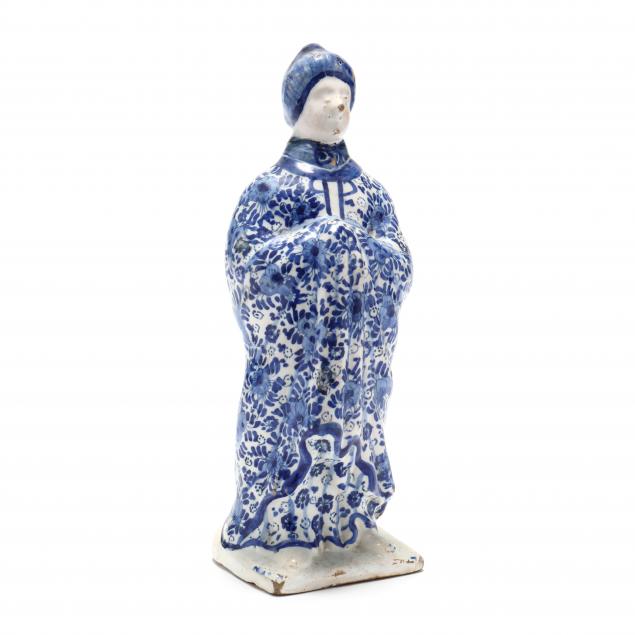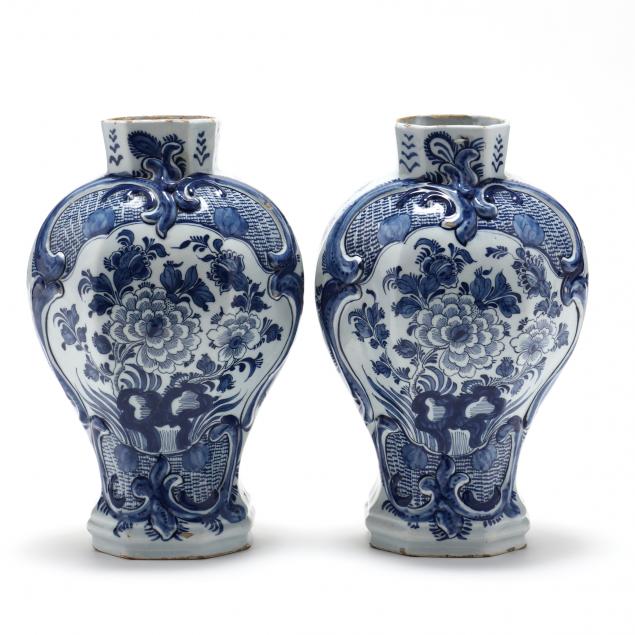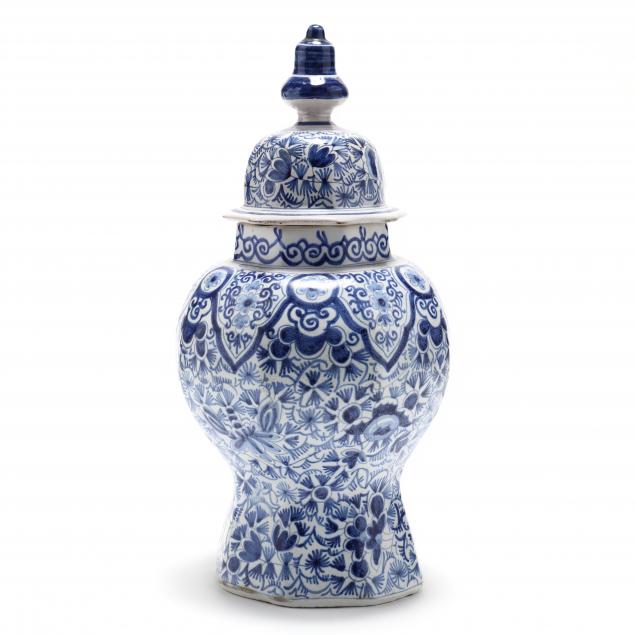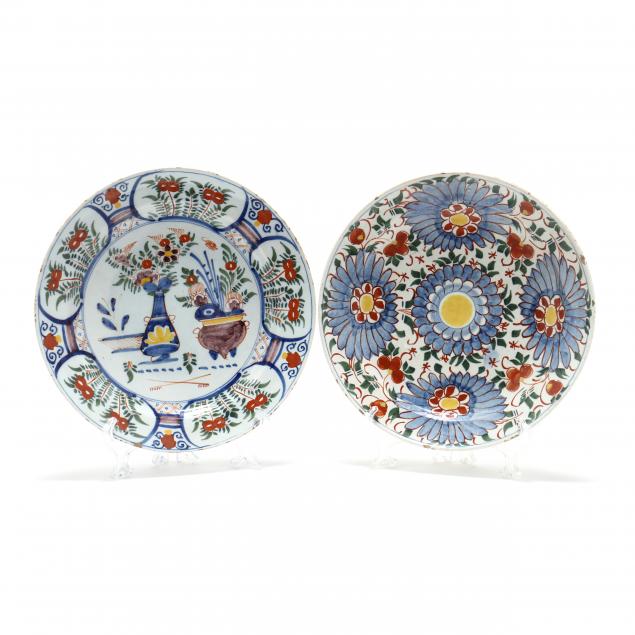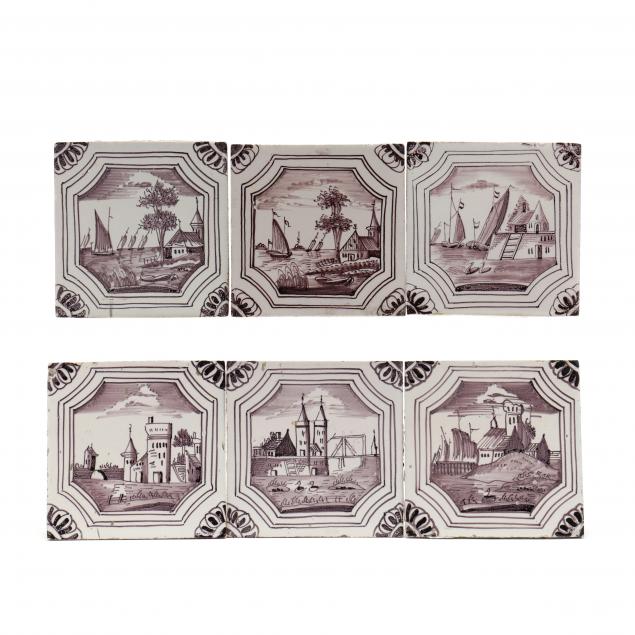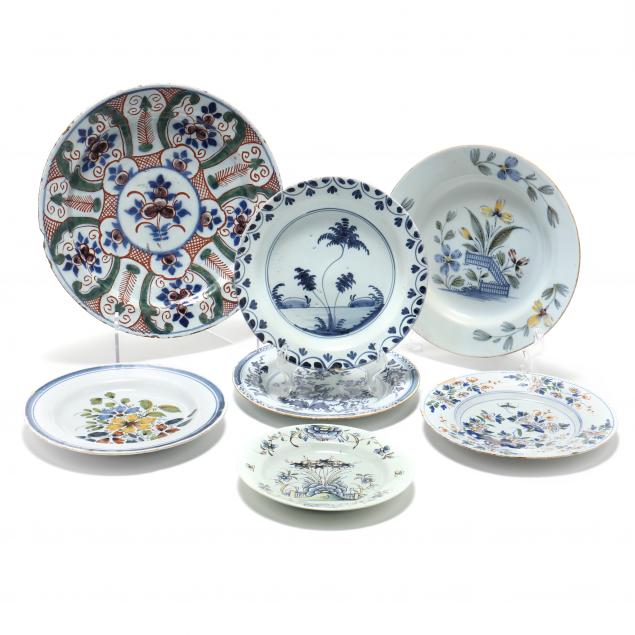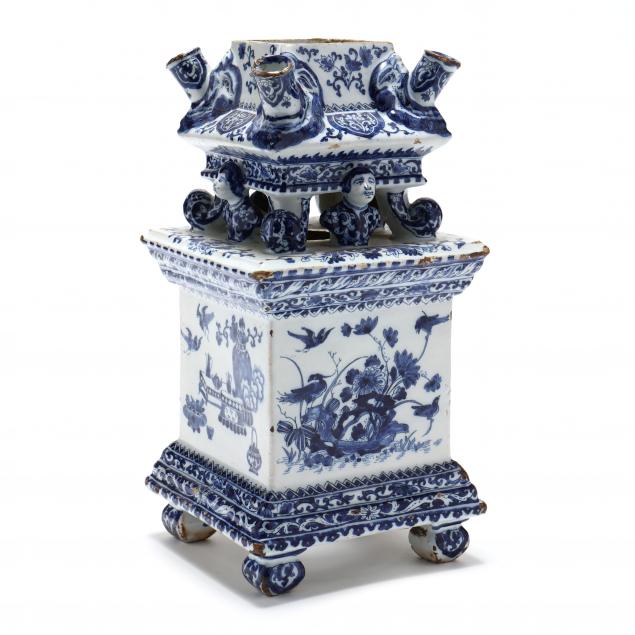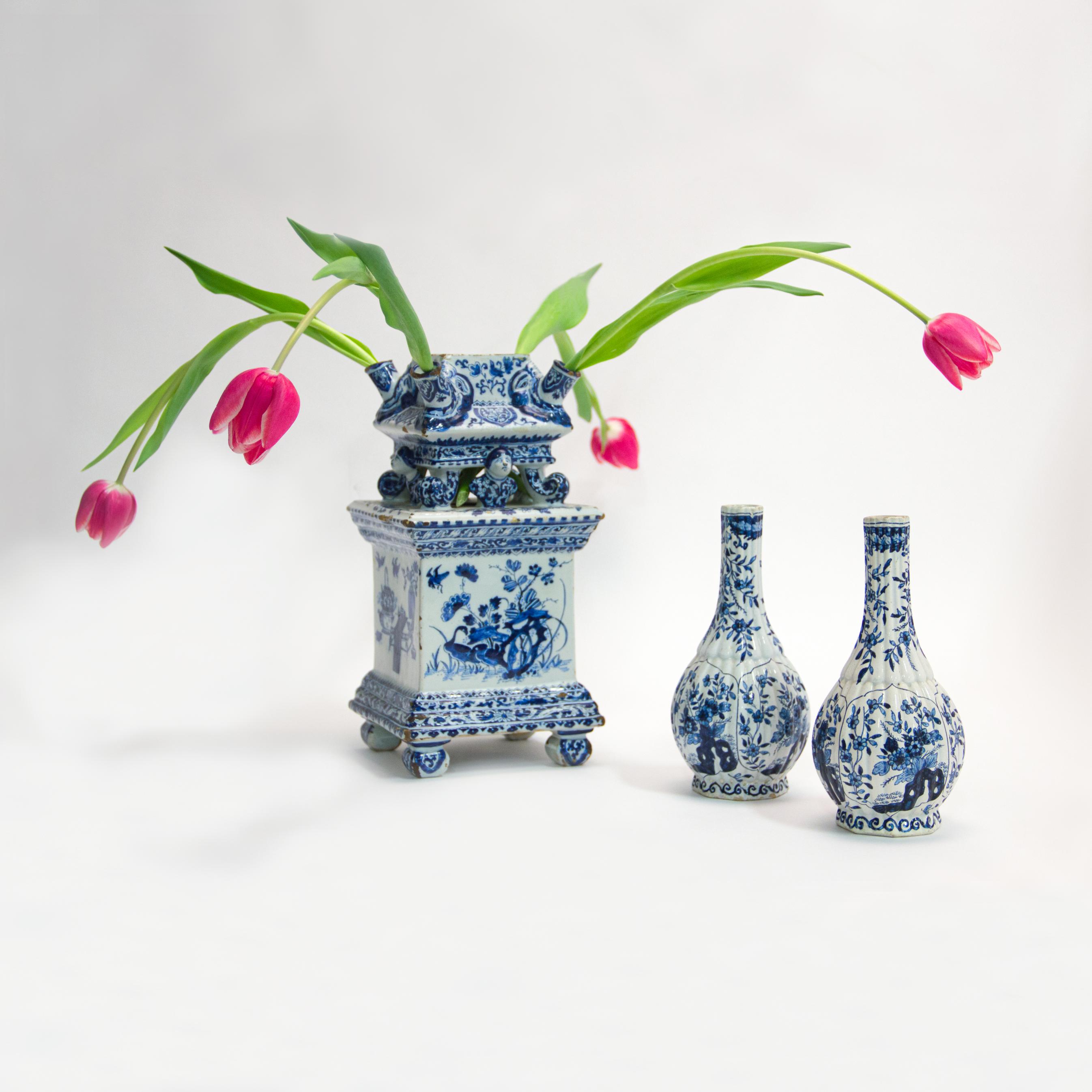
Delft: The Practical Pot
The mid-century Modernists weren't the first to come up with the idea of "industrial design." Centuries before the Eames and Bertoias of the world had deep thoughts and manufacturing dreams about making relevant design available to the masses, the Dutch were making beautiful Delftware for profoundly practical purposes.
With help from the Delftware pieces in our recent Presidents' Week Auction and our current Signature Spring Auction we explored the original functional uses of some of the most recognizable Delftware forms.
The Tulipiere
Tulips. Holland. Need we say more? Not a lot, except to highlight a few points of interest about one of the most iconic national products in history. Tulips in 16th century Holland were likely the first ever recorded economic bubble, though to what extent their prices were inflated is a matter of modern debate. According to some accounts, a single tulip bulb in early 16th century Holland could sell for more than ten times the average yearly wage of a skilled laborer. Given their extremely coveted status, displaying tulips in one's home was the height of fashion.
Tulips. Holland. Need we say more? Not a lot, except to highlight a few points of interest about one of the most iconic national products in history. Tulips in 16th century Holland were likely the first ever recorded economic bubble, though to what extent their prices were inflated is a matter of modern debate. According to some accounts, a single tulip bulb in early 16th century Holland could sell for more than ten times the average yearly wage of a skilled laborer. Given their extremely coveted status, displaying tulips in one's home was the height of fashion.
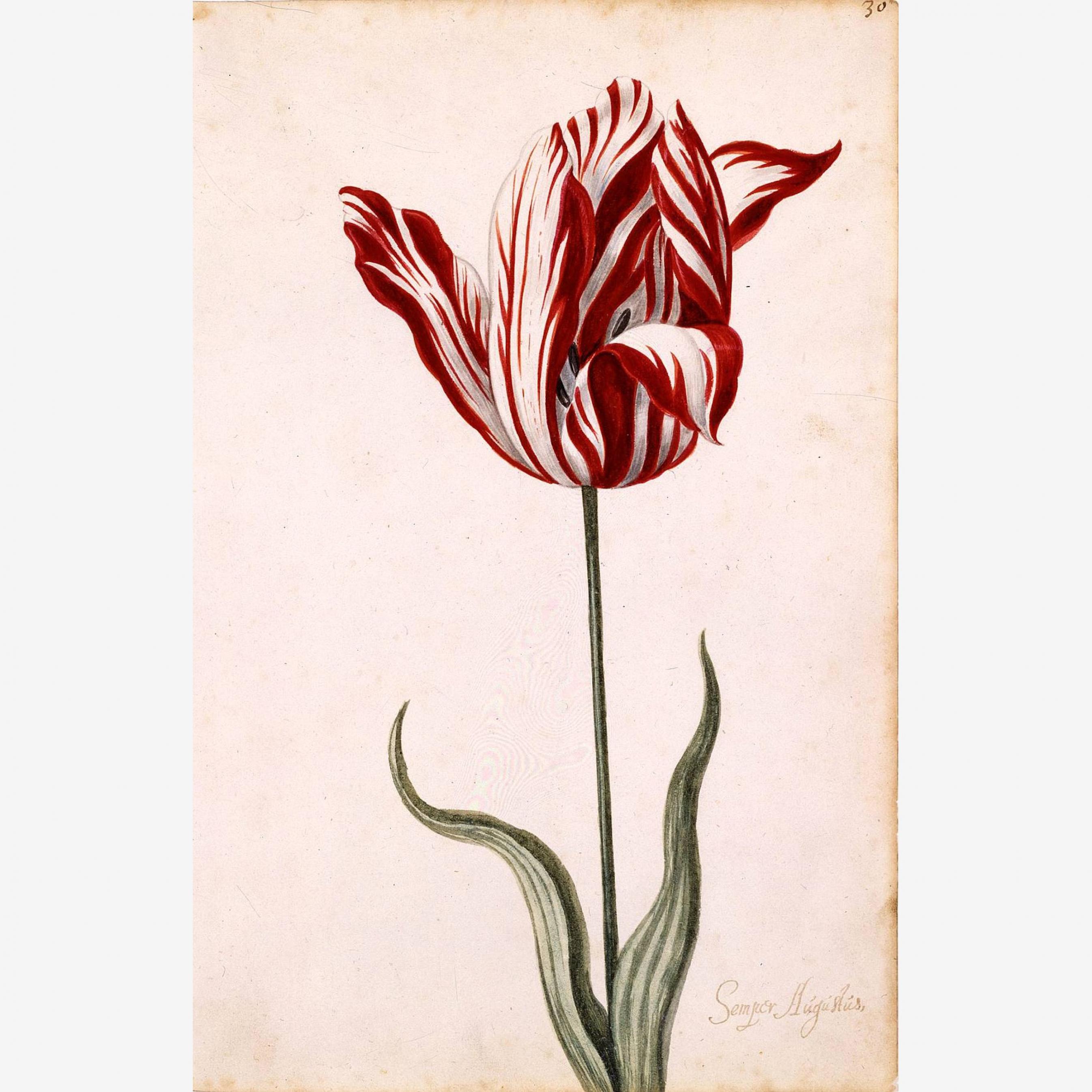
Semper Augustus, the most highly prized flower during the Dutch tulip boom
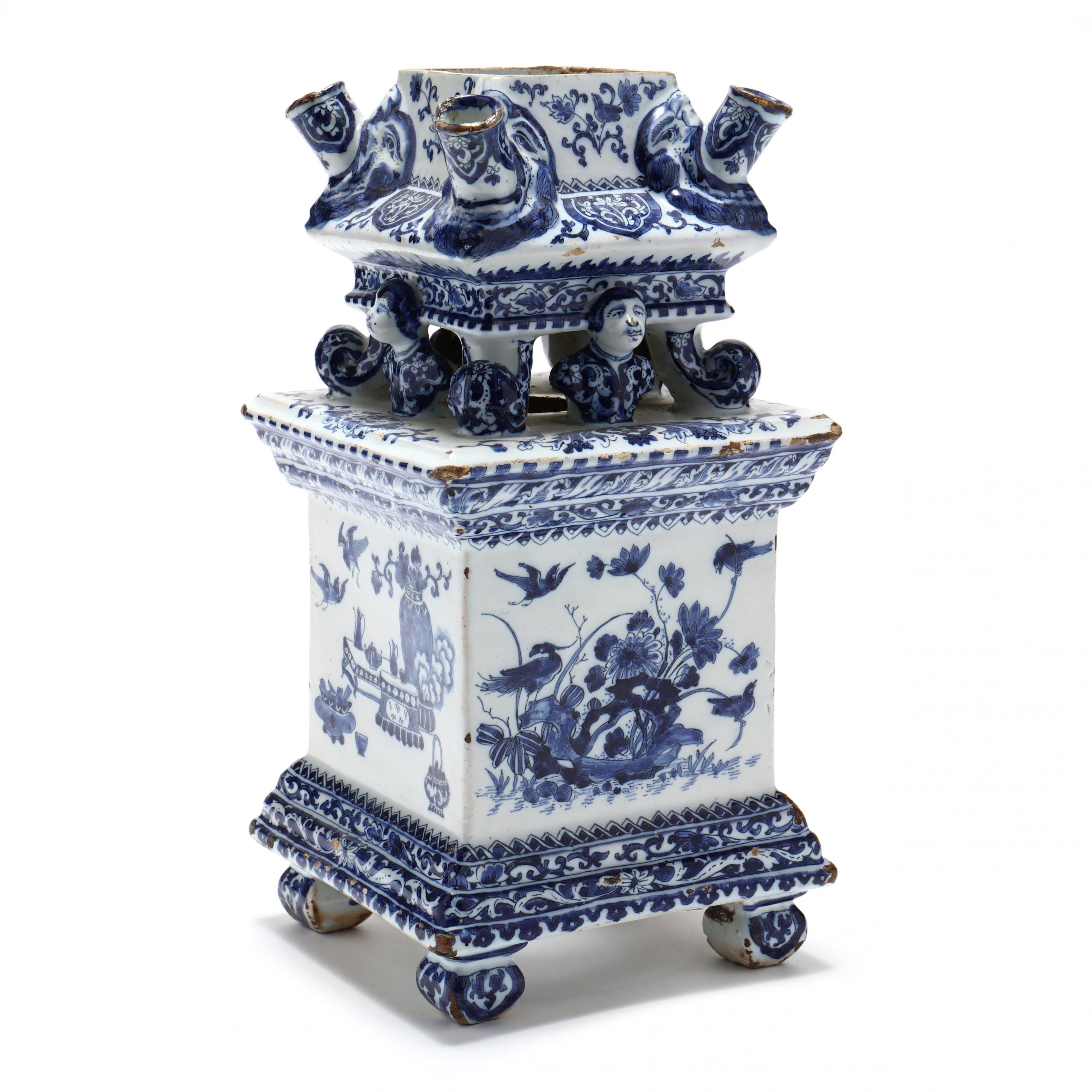
A rare partial tulipiere being offered in The Presidents' Week Auction
Enter one of the other newly emerging trends of the day: Delftware. Manufacturers of the pottery created vases meant not to display cut tulips, as has sometimes been assumed, but in which to cultivate live tulips bulbs - the ultimate status symbol. Tulipieres were designed to accommodate one bulb per opening - clearly anyone able to fill a whole vessel with the astronomically expensive bulbs had a certain level of means.
The Tobacco Jar
So much about life in so many countries in the 17th, 18th and 19th centuries was contingent on the cultivation, processing, and sale of one highly addictive crop: tobacco. The Dutch, arguably some of the most advanced traders for many of those years, though not able to cultivate the plant themselves, figured out how to be a major player in the global tobacco trade from their tiny corner of Europe.
So much about life in so many countries in the 17th, 18th and 19th centuries was contingent on the cultivation, processing, and sale of one highly addictive crop: tobacco. The Dutch, arguably some of the most advanced traders for many of those years, though not able to cultivate the plant themselves, figured out how to be a major player in the global tobacco trade from their tiny corner of Europe.
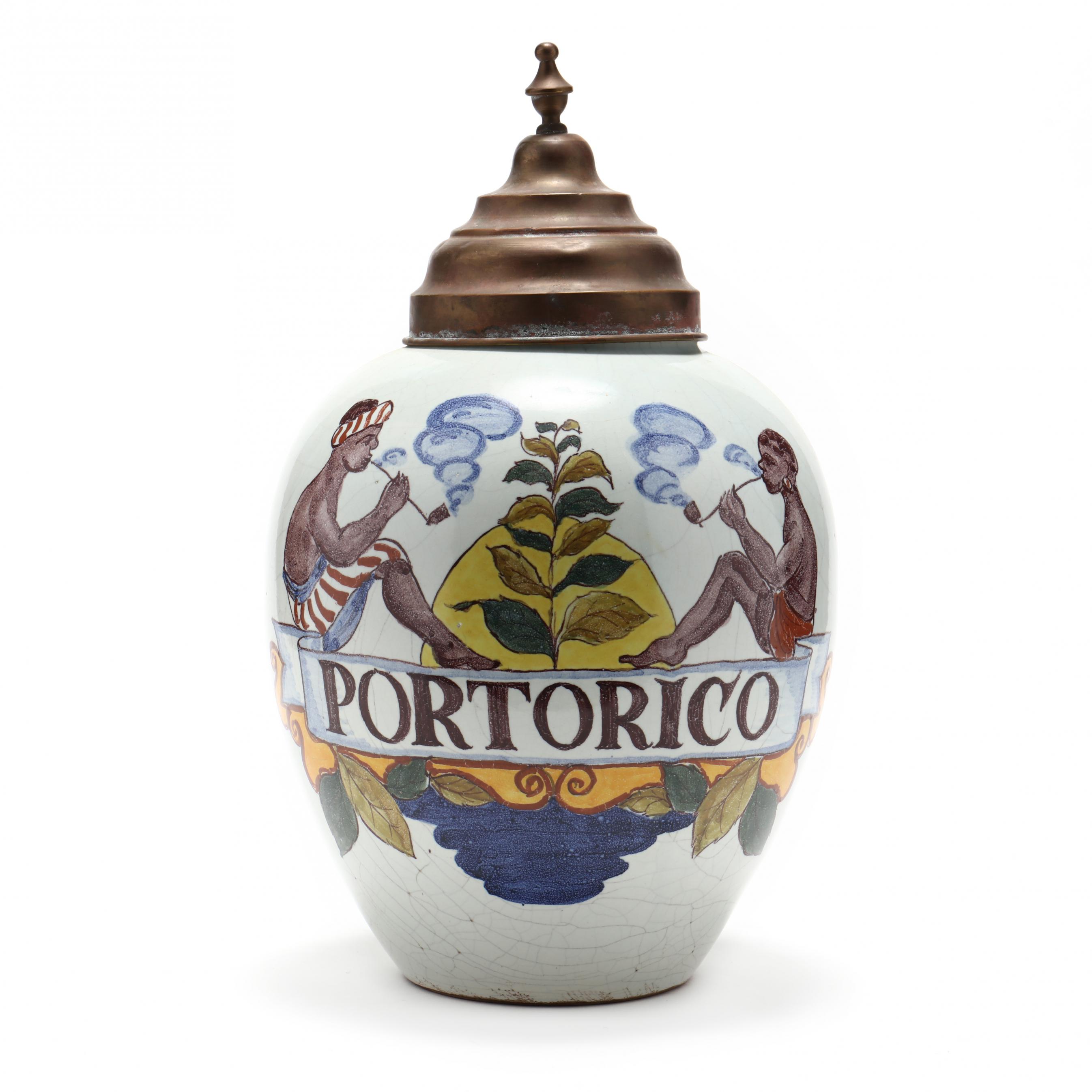
A Dutch Delft Polychrome Tobacco Jar to be offered in The Important Spring Auction
Tobacco arrived in Holland from more tropical climes already dried and rolled. The pharmacists who sold it would display the rolls in jars specially made for the tobacco they contained. Each jar was customized with the country of origin of the tobacco it contained, or the port at which it arrived.
The Tiles
So. Many. Tiles. Each its own little canvas for a hand-painted work of art. As the popularity of the Chinese-inspired Delft pottery grew in Europe, builders recognized its useful application in fireplaces, which were a focal point of well-appointed rooms. With the addition of Delft tiles, fireplaces went from being dark, sooty holes to decorative showpieces. Not only were the pottery tiles beautiful, they were durable and easy to clean. It wasn't long before tiles moved out of the fireplace and into spaces vulnerable to damp.
So. Many. Tiles. Each its own little canvas for a hand-painted work of art. As the popularity of the Chinese-inspired Delft pottery grew in Europe, builders recognized its useful application in fireplaces, which were a focal point of well-appointed rooms. With the addition of Delft tiles, fireplaces went from being dark, sooty holes to decorative showpieces. Not only were the pottery tiles beautiful, they were durable and easy to clean. It wasn't long before tiles moved out of the fireplace and into spaces vulnerable to damp.
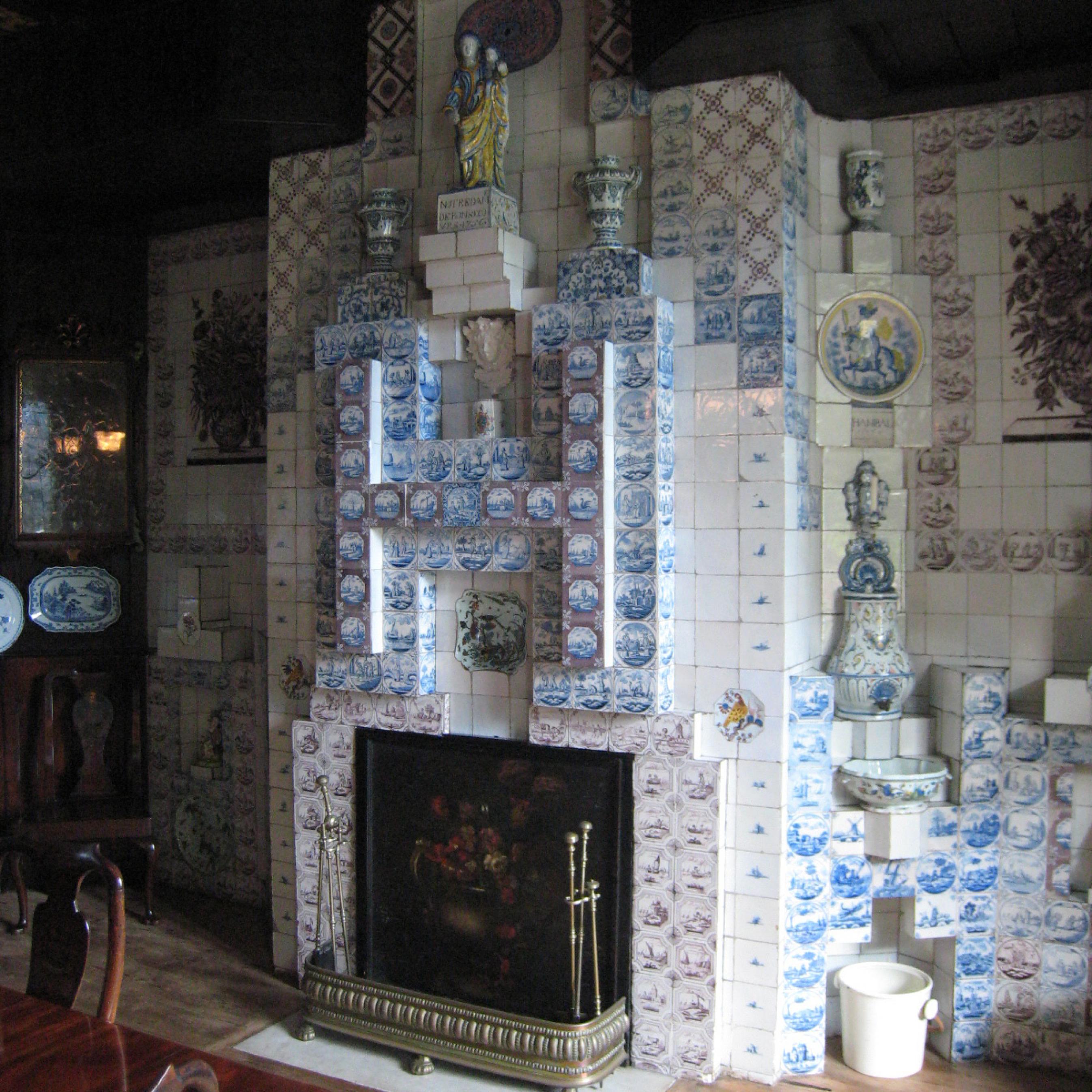
The Delft tile fireplace in Victor Hugo's home
As Delft pottery manufacturers took over factories abandoned by the dwindling brewing industry and were able to expand their production, whole bathrooms and large parts of kitchens were tiled in beautiful blue and white.
Luckily for our present-day design needs, delftware stood the test of time. While few of us need our fireplaces to keep us warm or cook our food and thankfully fewer and fewer need anywhere to store tobacco, delftware has proven not only functional but adaptable. Beautiful, practical, and reusable for nearly 400 years? How very 21st century.
Featured lots of delftware from both our Presidents' Week Auction and our Important Spring Auction are below.
Luckily for our present-day design needs, delftware stood the test of time. While few of us need our fireplaces to keep us warm or cook our food and thankfully fewer and fewer need anywhere to store tobacco, delftware has proven not only functional but adaptable. Beautiful, practical, and reusable for nearly 400 years? How very 21st century.
Featured lots of delftware from both our Presidents' Week Auction and our Important Spring Auction are below.
The Presidents' Week Auction
Friday, February 19th
10:00am (EST)
The Signature Spring Auction
Saturday, March 13th
9:00am (EST)
Friday, February 19th
10:00am (EST)
The Signature Spring Auction
Saturday, March 13th
9:00am (EST)


